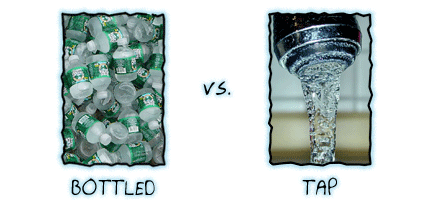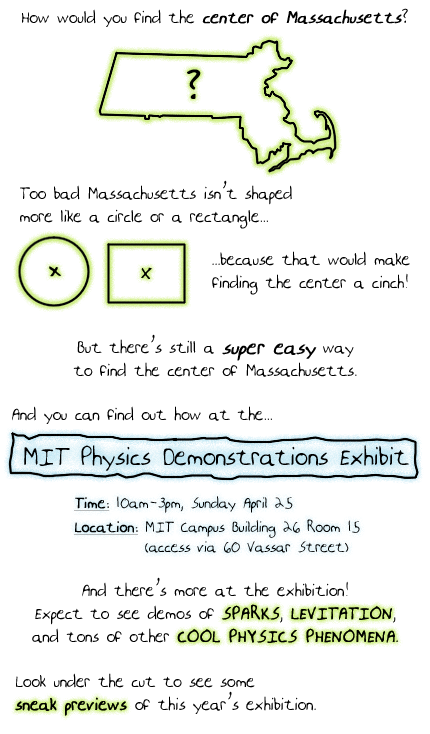“Help me, Obi-Wan Kenobi; you’re my only hope,” might have crossed your mind if you thought about going to see the MIT Museum’s holography collection through the Cambridge Science Festival’s “Explore Holography” event. Perhaps you decided to go because you were excited at the prospect of being able to don your Princess Leia costume and reenact that famous scene. And maybe, you were completely disappointed when you finally saw what the Museum meant by “holograms.” The truth is, most of what you see in the news and media claiming to be holograms actually aren’t real holograms. Sure, they might provide some cool 3D visuals, but they’re not done using the holographic technology that I discussed in my previous two blog posts.
Most of what we think we know about holography comes from television and movies. If you’re like me, you probably watched the original Star Wars Episode IV: A New Hope and saw the scene where R2D2 plays back a “holographic” video of Princess Leia’s plea for Obi-Wan Kenobi’s help. The robot projected the video in the middle of thin air, which was marvelous – but the result of computerized special effects post-production, not holography.  Fast forward a few years, and we’re watching CNN’s coverage of the 2008 US presidential election. Wolf Blitzer “beamed” Jessica Yellin, a news correspondent who was in Chicago at the time, into the New York studios to have a “face-to-face” chat via “hologram.” However, it wasn’t a real hologram. A hologram needs to be projected from a medium; it can’t just float in air. Yellin even revealed the magic behind the illusion: she was standing in a tent with 35 cameras arranged in a circle pointing at her. Each camera captured one perspective of her body and fed the video to a cluster of 20 computers to crunch the data and send to the studios in New York to project onto blue screens. Blitzer couldn’t actually see Yellin in real time; he was actually talking to a blue screen and watching monitors that had the video of Yellin inserted into the video of him. Hardly holography. The same thing is true of the movies Minority Report and Iron Man, where Tom Cruise and Robert Downey Jr. didn’t need computer screens because they were able to interact with the information in a hologram that floated in midair. Also not real holograms.
Fast forward a few years, and we’re watching CNN’s coverage of the 2008 US presidential election. Wolf Blitzer “beamed” Jessica Yellin, a news correspondent who was in Chicago at the time, into the New York studios to have a “face-to-face” chat via “hologram.” However, it wasn’t a real hologram. A hologram needs to be projected from a medium; it can’t just float in air. Yellin even revealed the magic behind the illusion: she was standing in a tent with 35 cameras arranged in a circle pointing at her. Each camera captured one perspective of her body and fed the video to a cluster of 20 computers to crunch the data and send to the studios in New York to project onto blue screens. Blitzer couldn’t actually see Yellin in real time; he was actually talking to a blue screen and watching monitors that had the video of Yellin inserted into the video of him. Hardly holography. The same thing is true of the movies Minority Report and Iron Man, where Tom Cruise and Robert Downey Jr. didn’t need computer screens because they were able to interact with the information in a hologram that floated in midair. Also not real holograms.
After seeing what real holograms look like, you might be reminded of those 3D movies that you have to wear a pair of red and blue glasses to watch. They seem pretty similar, right? The images seem like they’re literally popping out of the screen, but they don’t use the same technology at all. To make those movies, each frame is rendered in red and blue, each of which is a slightly different viewing perspective of the same object. Why the different perspectives? Well, it’s based on how the brain processes visual information. Your eyes are spaced about two to three inches apart, so each eye captures a slightly different perspective of an object. Your brain combines the two images so that you can see the object in three dimensions. 3D movies do the same thing and overlay the two images. When the light hits your red and blue glasses, each lens filters out one of the colors (red lens filters out red light so that your eye receives only the blue light, and vice versa). As a result, your eyes and brain get two images from different angles, so the film looks 3D. This method is actually an illusion and can’t be considered holographic technology.
Lastly, you may have seen or heard of “touchable holography,” which is a technology that some researchers at the University of Tokyo developed in the fall of 2009. This technology adds a tactile dimension to holograms. The researchers claim that viewers cannot interact with traditional holography. To change this, they use Wii remotes to sense the motions of a viewer and move the hologram accordingly. To make the viewer feel the hologram, a beam of ultrasonic waves is directed at the viewer, which generates pressure on the surface of the viewer’s body. While all this is exciting technology, it cannot be called true holography. What the researchers call a “hologram” is actually an illusion made with some curved mirrors. An LCD projector projects an image onto the mirrors, which reflect the light to a point close to the viewer, so the image appears as if it were 3D and floating in air.
Hopefully, I’ve dispelled some common misconceptions about what a hologram is and isn’t. Holography has great promise for the future (e.g. data storage and true holographic video), but it won’t be quite like the things we’ve seen in sci-fi movies or even TV news shows. If you have any questions about holography in general, feel free to leave a comment!





















